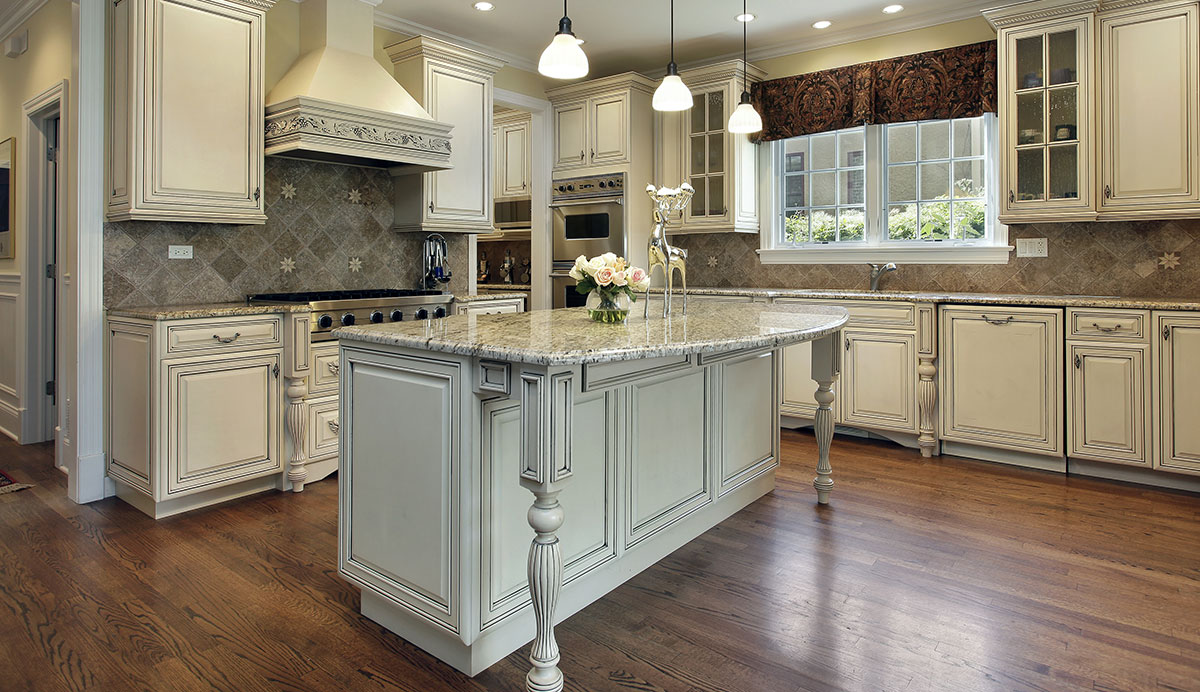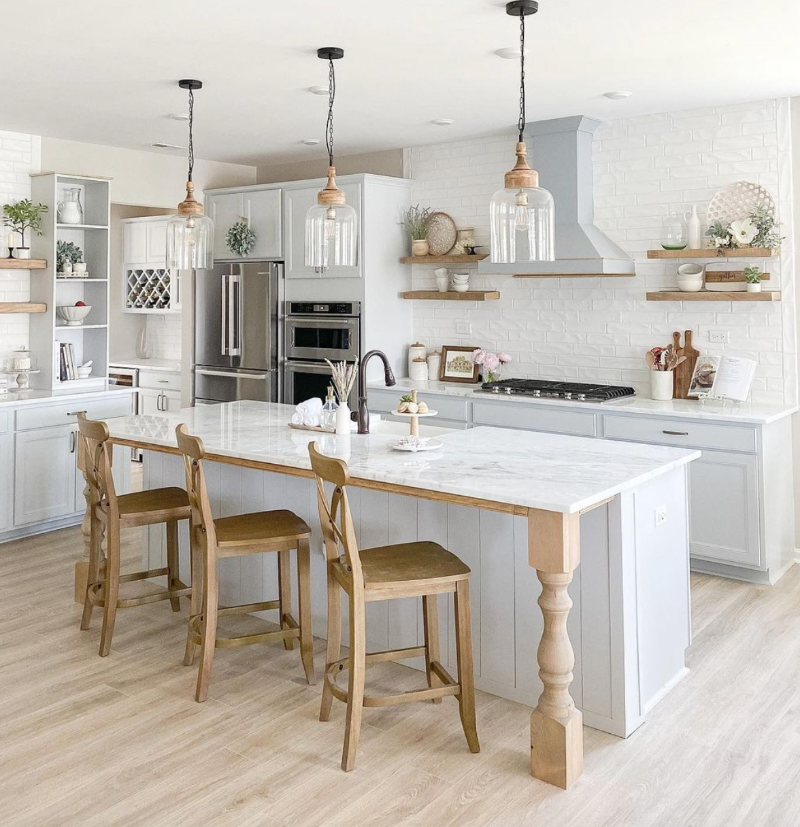Locate Long Lasting and Ornamental Legs For Kitchen Island Improvements
Locate Long Lasting and Ornamental Legs For Kitchen Island Improvements
Blog Article
Important Factors to Take Into Consideration When Picking Legs For Kitchen Island
Picking the proper legs for a cooking area island entails a careful assessment of numerous variables that can dramatically influence both capability and visual allure. Amongst these, the choice of product plays a pivotal function in ensuring durability, while the style needs to complement the existing style. Additionally, factors to consider such as elevation and weight support are important for security and comfort. As we explore these elements, it ends up being clear that each choice can have significant implications for the general kitchen experience. What nuances should be taken into consideration in each of these categories to achieve the optimal equilibrium?
Material Options
When picking legs for a cooking area island, understanding the various product alternatives is important for attaining both visual allure and structural integrity (Legs For Kitchen Island). The choice of product substantially influences not only the resilience of the island however also its overall design and performance
Wood is a popular choice, using warmth and convenience. Solid woods, such as oak or maple, give toughness and can be discolored or repainted to match the kitchen area design. Steel legs, frequently made from stainless steel or functioned iron, contribute a contemporary and commercial feel while guaranteeing longevity and stability. These materials are immune to put on and can sustain considerable weight, making them suitable for larger islands.
An additional option is engineered products, like MDF or plywood, which can be extra cost-effective while still using a range of surfaces. Nevertheless, they might not supply the exact same level of stability as strong wood or metal. Finally, products such as acrylic or glass can produce a modern look, though they may require additional support to make certain stability.
Eventually, the option of product for kitchen area island legs need to straighten with the wanted capability and the total style of the cooking area.
Design And Style

When considering design, the form and coating of the legs are crucial. Conical legs can provide a feeling of lightness and style, while thicker, a lot more robust legs can share toughness and security. Furthermore, the surface-- be it repainted, tarnished, or all-natural-- need to match the cabinets and kitchen counter materials to produce a unified look.
Furthermore, the layout of the legs can likewise show personal taste. Personalized or decorative legs, such as those including elaborate carvings or one-of-a-kind geometric forms, can offer as prime focus, adding character and individuality to the kitchen. Ultimately, the appropriate selection will certainly not just boost functionality but additionally boost the aesthetic appeal, making the kitchen area island a standout function of the home.
Elevation Considerations
Selecting the suitable elevation for cooking area island legs is important, as it directly impacts both capability and convenience. The conventional height for a cooking area island usually ranges from 36 to 42 inches, aligning with common countertop heights. A 36-inch height is ideal for cooking and cooking, enabling for comfortable use of kitchen home appliances and tools. On the other hand, a height of 42 inches is typically chosen for islands intended for bar seats, fitting taller feceses and supplying a laid-back dining experience.

It is also necessary to account for users' elevations and preferences. Personalizing the height can ensure a comfortable experience for all relative, making the kitchen island an extra pleasurable and practical space.
Weight Support
Ensuring adequate weight support for cooking area island legs is crucial for both safety and capability. The kitchen island usually serves numerous objectives, including cooking, eating, and extra storage space, requiring a durable support structure. When picking legs, it is important to think about the total weight capability required based upon the island's meant use and the materials that will certainly be positioned on it.
The option of material for the legs plays a significant role in their weight-bearing capacities. Solid timber, metal, and sturdy compounds generally give exceptional strength contrasted to lighter products. In addition, the style of the legs-- whether they are right, tapered, or have a pedestal form-- can affect their capability to disperse weight effectively throughout the framework.
Always get in touch with the supplier's specs relating to tons limitations to make certain that the legs can sustain the designated weight without compromising safety and security. In summary, picking cooking area island legs with adequate weight assistance is crucial for developing a safe and functional cooking room.
Installation and Upkeep
Proper setup and maintenance of kitchen area island legs are important for guaranteeing longevity and stability. To start, it is necessary to comply with the manufacturer's guidelines during setup. This frequently entails protecting the legs to the island base using ideal fasteners, ensuring that the legs are degree and straightened. Using a level device can assist prevent wobbling and improve the total visual appeal of the kitchen island.
As soon as mounted, normal maintenance is required to maintain the honesty and appearance of the legs - useful site Legs For Kitchen Island. For wood legs, routine cleansing with a moist towel and application of ideal wood gloss can stop moisture damages and preserve their surface. Metal legs might need a mild cleansing option to get rid of oil and gunk, followed by a dry fabric to protect against rust formation
Furthermore, evaluate the legs on a regular basis for indications of wear or websites damages, such as splits or loose joints. Tightening screws or bolts as needed can additionally prolong the lifespan of the legs. By sticking to these installment and maintenance methods, home owners can make sure that their kitchen area island remains sturdy and visually appealing for years ahead.
Verdict

Aesthetic comprehensibility is vital in choosing the design more info here and layout of legs for a kitchen island, as these elements considerably affect the total ambiance of the area. Tapered legs can offer a feeling of lightness and style, while thicker, more durable legs can communicate toughness and security.Picking the proper elevation for kitchen island legs is crucial, as it straight impacts both performance and convenience. In summary, choosing cooking area island legs with sufficient weight assistance is vital for developing a secure and useful culinary space.
In final thought, selecting legs for a kitchen island necessitates careful consideration of numerous factors, consisting of material alternatives, style, height, weight assistance, and installation.
Report this page